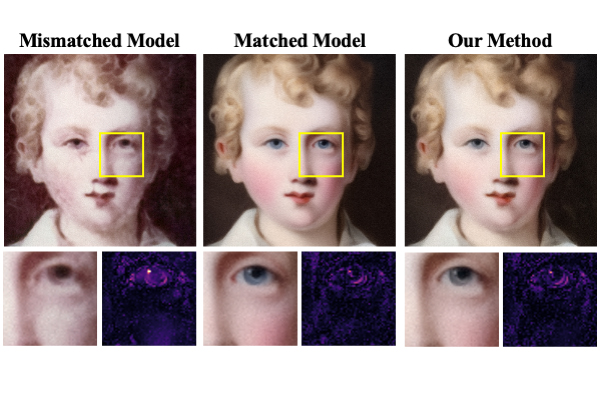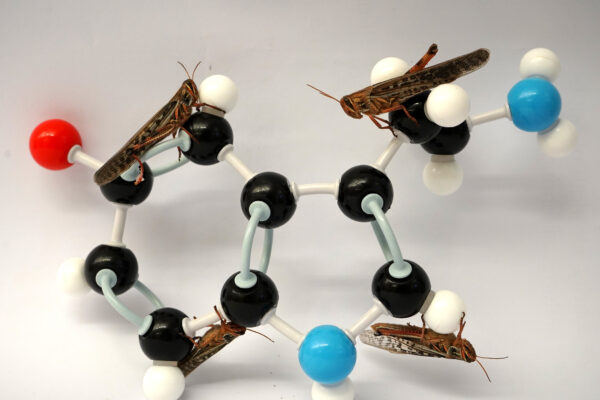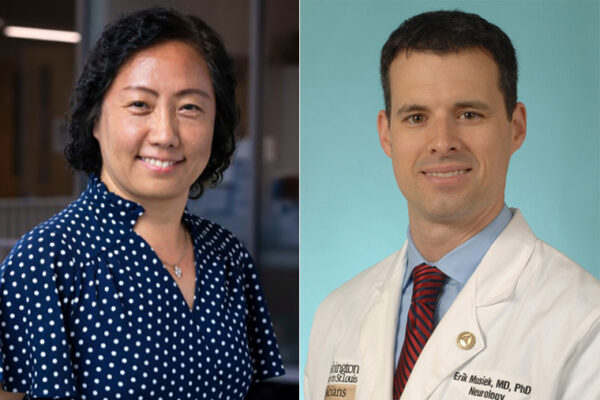
Three-dimensional (3D) surface models play a crucial role in fields ranging from engineering to entertainment. Engineers use 3D models to refine and prototype new objects, from turbine blades to tennis shoes, before production. In medicine, 3D models are used to create patient-specific anatomical models from medical imaging data, enhancing precision in complex procedures. In the film, gaming and education industries, surface modeling boosts character and environment design to enhance user engagement and interactivity.
Traditionally, the creation of high-quality 3D models requires the user to have a significant amount of experience, and it is generally a labor-intensive process even for experts, said Tao Ju, a professor of computer science and engineering in the McKelvey School of Engineering at Washington University in St. Louis, but he aims to change that.
Ju received a three-year $394,679 grant from the National Science Foundation to develop a suite of algorithms that will improve the efficiency, surface quality and versatility of 3D modeling from sparse and noise-prone inputs, particularly curve sketches. Ultimately, the project will make it easier for everyone, regardless of experience, to create 3D surface models by drawing curves, whether on the computer screen or in immersive environments such as augmented and virtual reality.
Read more on the McKelvey Engineering website.


